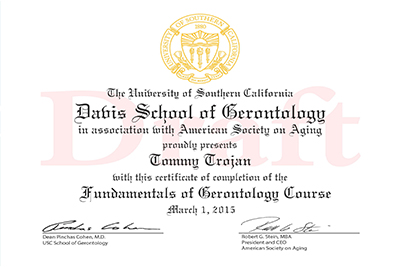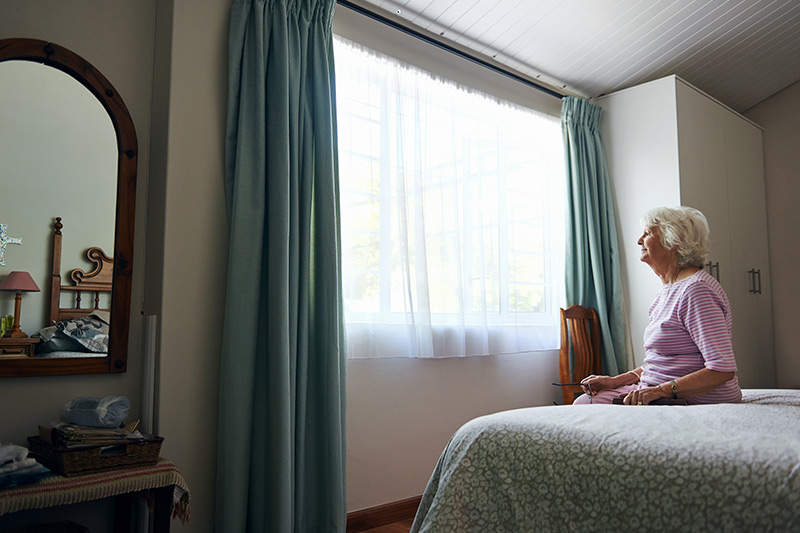
For many years, my mantra has been, “Meaningful work, paid or unpaid, through the last breath.” For most of that time, I’ve been thinking about work as purposeful doing.
During the last 20 years since I shifted my professional focus on life-work planning from youth to older adults, I’ve wanted to counter ageism by showcasing the productivity and potential of older adults who are teaching and learning, doing and caring for themselves and others. The Census Bureau described all of us under age 16 or over 65 as “dependents.” It seemed important to show a different perspective. Whatever their age, people who were doing meaningful work that tapped their skills and interests – whether paid or unpaid — were benefiting both themselves and their communities.
So at age 69, in 2001, I completed my PhD in Minnesota with a survey report on “Productive Aging in Rural Communities.” We quantified the economic value to the community of the time devoted by age 55+ adults to employment, volunteering, and caring for grandchildren and sick/disabled adults. We also asked people about their health and how they were feeling about themselves. In these rural communities where both younger workers and aging services were sparse, older adults were often the only ones around to do what was needed. Older adult productivity was extraordinarily high and along with it, the health, positive attitude, and self-reliance of older adult residents.
Those survey results nudged me to start organizing education and advocacy to support self-determination, creative expression, and meaningful work for and with older adults. Since then, I’ve co-founded three older adult networks to raise awareness about our potential and cultivate leadership for positive aging: the Vital Aging Network, the SHIFT network, and the global Pass It On Network.
This year, whether because of my age (85) and stage of life or because of the tensions that appear to be growing in this splintered world, I’ve been hungry to hear about the changes that people are perceiving both in the world around them and within themselves. During my recent visit to the Seattle area, my daughter responded to my need and convened a Circle of wise women who voiced some deep questions for all of us to ponder:
- How can we create a future that will be worthy of the potential of human life? By what narrative are we going to live and die that will take the cosmos into account?
- Am I ready to step up to my real life? As an artist, am I ready to spin the yarn of the new realities and still express the nature of belonging and sense of home?
- What does it take to show up full-hearted with people different from me? To bridge differences and become a peacemaker? To find spaciousness?
- How can we step up as women with heart, soul and body? Will we have our posse at our back to support us?
- What are the stories that we will leave for the future to find? What will hint of our deep past? How will l deposit things that will be useful? We are Thresholding!
As stated by one of the wise women, Christina Baldwin, co-founder of The Circle Way and creator of Peer Spirit Circles, “The Circle is a sacred container where magic happens.”
I am trying to make changes to live my learning as time goes on.
And where are you in the process of living this life?
|
|
- By Janet M Hively, PhD |
|
Jan Hively is a social entrepreneur who has co-founded three non-profit networks for older adults to share their strengths and help each other, themselves, and their communities since she earned her PhD at age 69 in 2001 with a dissertation on Productive Aging. Her global Pass It On Network is based in Paris with its co-founder and International Coordinator, Moira Allan. |
|

















